Introduction to Battery Terminal Rubber Caps
Battery terminal rubber caps are an indispensable accessory for vehicle owners, especially those with small size terminals. Designed to provide a protective layer over the battery terminals, these rubber caps play a crucial role in preventing damage and corrosion. As car batteries are subject to environmental factors like moisture, dust, and vibrations, the exposure of terminals can lead to significant wear and tear over time. By shielding the terminals, rubber caps help to prolong the life of the battery and maintain optimal performance.
One of the paramount benefits of battery terminal rubber caps is their universal applicability. These caps are designed to fit a wide range of car batteries, regardless of the make or model. This universal fit ensures that all vehicle owners can enhance the durability and efficiency of their battery connections without worrying about compatibility issues. Moreover, the caps are easy to install and remove, allowing for hassle-free maintenance checks and replacements.
The necessity of using rubber caps on battery terminals cannot be overstated. Car batteries are the heart of the vehicle’s electrical system, and any compromise on their integrity can lead to costly repairs and potential breakdowns. Corrosion on battery terminals is a common issue that can impede the electrical flow and create starting problems. With battery terminal rubber caps, the terminals remain insulated from corrosive elements, ensuring a reliable connection throughout the battery’s lifespan.
Overall, incorporating battery terminal rubber caps into your vehicle maintenance routine is a simple yet effective strategy to safeguard your car’s battery. These caps not only provide essential protection but also enhance the longevity and reliability of the entire electrical system. Understanding their importance is the first step towards maintaining a healthy and efficient vehicle.
Features and Benefits of Small Size Terminal Rubber Caps
Small size terminal rubber caps offer a host of distinctive features and benefits that make them essential for any vehicle’s battery system. These caps are primarily constructed from high-quality rubber materials, which provides them with excellent durability and longevity. The resilience of the rubber ensures that they can withstand significant wear and tear, maintaining their structural integrity over extended periods. Moreover, this rubber is chemically resistant, meaning it won’t degrade when exposed to various automotive fluids or cleaning agents, thereby ensuring long-term functionality.
One of the paramount advantages of rubber caps for small size battery terminals is their ability to prevent accidental short circuits. By securely covering the battery terminal, they avert inadvertent metal-to-metal contact, especially during maintenance or cleaning operations. This protective feature not only enhances safety by minimizing the risk of electrical accidents but also contributes to a more stable and reliable battery performance.
Furthermore, these rubber caps serve as a critical barrier against environmental contaminants. They effectively block out moisture, dust, and debris, which are common culprits that can lead to terminal corrosion. By keeping the battery terminals clean and free from external pollutants, the rubber caps play a significant role in extending the overall lifespan of the battery. The maintenance of a pristine terminal environment ensures efficient electrical connectivity and optimal battery health.
Additionally, the versatility of these caps is noteworthy. Designed to fit all car batteries, they come in versatile sizes and shapes that can accommodate a wide range of small terminals. This universal fitment makes them a practical investment for any vehicle owner, ensuring that their battery is continually protected regardless of the make or model of the car. The ease of installation further underscores their utility, allowing even those with limited technical expertise to effortlessly enhance their vehicle’s battery protection.
In essence, small size terminal rubber caps are invaluable in promoting battery longevity, enhancing safety, and maintaining an untainted terminal environment—all of which coalesce to provide a reliable and efficient car battery performance.
Installation Guide: How to Properly Fit Battery Terminal Rubber Caps
Fitting battery terminal rubber caps on small size terminals is a straightforward process. The following instructions will guide you through the installation, outlining the necessary tools and safety precautions required to ensure a successful and secure application.
First, gather the necessary tools: a pair of rubber gloves, a small wrench, a wire brush, and a set of new rubber caps designed for your specific battery terminals. It is crucial to wear rubber gloves to protect your hands from potential acid leaks and avoid direct skin contact with battery components.
Begin by disconnecting the battery terminals. Start with the negative terminal (often marked with a minus sign or a black cap) to avoid short-circuiting. Use the small wrench to loosen the nut and carefully remove the terminal connector from the battery post. Repeat the process for the positive terminal (usually marked with a plus sign or a red cap).
Next, clean the battery terminals and connectors using a wire brush. This step helps remove any corrosion or debris, ensuring a good electrical connection. If the corrosion is severe, a mixture of baking soda and water can be applied to neutralize the acid before brushing it away.
Once the terminals and connectors are clean, inspect the rubber caps. Ensure they are the correct size and type for your battery terminals. Slip the rubber cap onto the terminal connector, ensuring it fully covers the metal parts. If the cap has a narrower end, align it with the terminal screw to hold the cap securely in place. Repeat this for both the positive and negative terminals.
Reconnect the battery terminals, starting with the positive terminal. Tighten the nut using the wrench but avoid overtightening to prevent damaging the battery post. Ensure the terminal connectors are secure and that the rubber caps remain in place, providing full coverage of the metal components.
Finally, double-check the connection and the placement of the rubber caps. Properly fitting rubber caps act as a barrier against environmental factors like moisture and dust, which can enhance the longevity of the battery and ensure a reliable performance.
By following these steps, you can confidently install battery terminal rubber caps on small size terminals, maximizing the protective benefits they offer.
“`html
Maintenance Tips and Common Issues to Watch Out For
Ensuring the longevity and effectiveness of battery terminal rubber caps requires regular maintenance and careful attention. One of the essential aspects of maintaining battery terminal rubber caps is regular inspection. Periodically check for signs of wear and tear. Look for any cracks, splits, or discoloration in the rubber, which may indicate that it is time for a replacement. The timely replacement of worn-out caps can prevent potential damage to the battery terminals and maintain optimal performance.
Cleaning the battery terminal rubber caps is another critical upkeep activity. Dirt, dust, and grime can accumulate on the caps over time, potentially affecting their performance. To clean the caps, first disconnect the battery terminals to ensure safety. Use a mild cleaning solution and a soft cloth to gently wipe the surfaces of the caps. Avoid using harsh chemicals or abrasive materials, as these can damage the rubber. Once cleaned, ensure the caps are thoroughly dried before reattaching them to the battery terminals.
Replacing worn-out caps is straightforward yet crucial. When a cap shows significant signs of wear, or if it no longer fits securely, it is time to replace it. Ensure you choose caps compatible with your specific battery terminal size. Improper fitment can lead to issues such as loose connections or exposure to contaminants. Gently remove the old caps and position the new ones firmly, ensuring a snug and secure fit.
Common issues with battery terminal rubber caps include fitting problems, which can usually be resolved by selecting the correct size and type of cap. Wear and tear caused by heat, exposure to chemicals, or physical damage are other frequent concerns. Regular inspections and timely replacements are the best strategies to mitigate these issues.
If you encounter persistent problems, such as frequent wear or poor fit, consider consulting a professional. They can provide precise fitting caps and offer additional guidance on maintaining the battery terminal rubber caps in optimal condition. By following these maintenance tips, you can ensure the effective performance and extended lifespan of your battery terminal rubber caps, thus safeguarding your vehicle’s battery system.

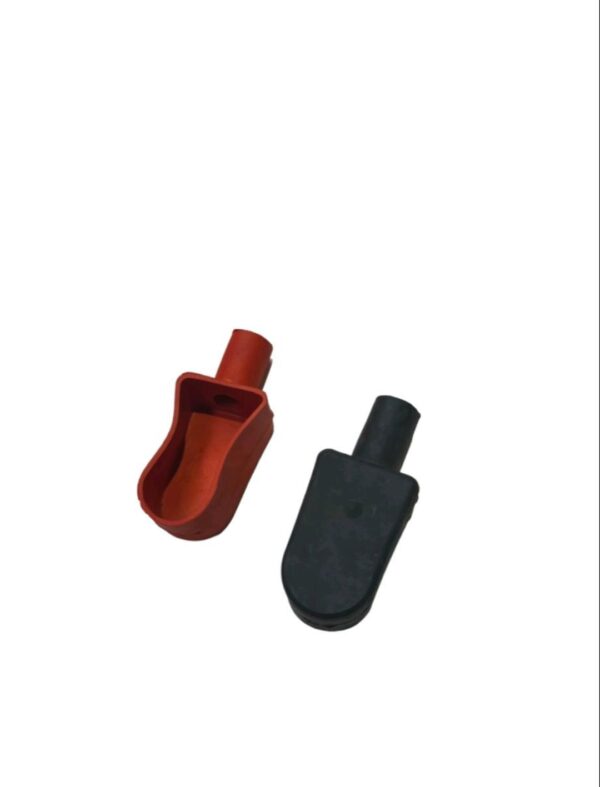
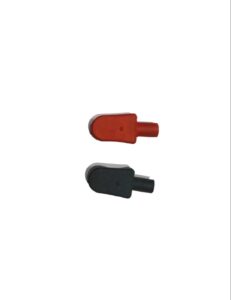
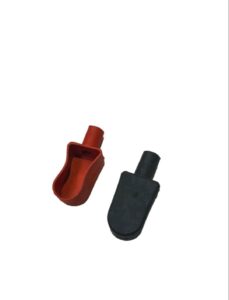
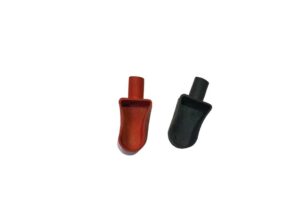
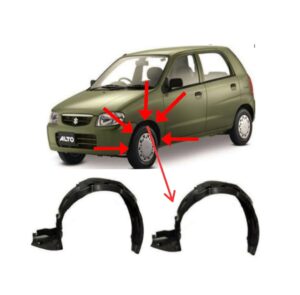
Reviews
There are no reviews yet.